Arnography: Redefining the Art of Visual Representation
Introduction
Arnography is an emerging visual art form that combines traditional elements of photography and digital art to create innovative and captivating works. The discipline redefines the way we perceive and create images, using cutting-edge technologies and advanced artistic techniques. This article explores the origins of arnography, its methods, influential artists, and its growing impact on the contemporary art world.
What is Arnography?
Arnography is a recent term for an artistic practice that integrates photography, digital art, and sometimes even artificial intelligence to produce images that transcend the boundaries of traditional mediums. The term is derived from the words "art" and "photography," indicating a seamless fusion of the two fields. Arnography is distinguished by its use of sophisticated digital manipulation techniques to create visually stimulating and often conceptual works.
Origins of Arnography
1. Evolution of Photography and Digital Art
Arnography has its roots in the parallel evolution of photography and digital art. With the advent of digital technologies, artists began to experiment with image manipulation tools, opening up new creative possibilities.
2. Influence of Artificial Intelligence
The integration of artificial intelligence into the creative process has also played a crucial role in the development of arnography. AI algorithms can generate, modify and enhance images, giving artists new means of expression.
3. Contributions from Innovative Artists
Pioneering artists pushed the boundaries of visual art by integrating digital techniques into their works. Their experiments laid the foundations for what is now known as arnography.
Techniques Used in Arnography
1. Digital Manipulation
Digital manipulation is at the heart of arnography. Artists use software like Adobe Photoshop, Illustrator, and other editing tools to transform photographs into unique works of art.
2. Fusion of Mediums
Arnography often involves the fusion of different mediums, such as painting, photography, and digital illustration, to create complex, multi-dimensional compositions.
3. Use of Artificial Intelligence
Artists can use AI algorithms to generate innovative patterns, textures, and visual effects. AI can also analyze and enhance images, adding an extra layer of technical sophistication.
4. Printing and Innovative Materials
Arnography works are often printed on innovative materials, such as metal, glass, or textured canvas, to add depth and dimension to the images.
Emblematic Artists of Arnography
1. Mario Klingemann
Mario Klingemann is a pioneering artist in the use of artificial intelligence to create artworks. His creations explore the boundaries between human and machine, offering unique perspectives on arnography.
2. Refik Anadol
Refik Anadol uses data and algorithms to transform architectural spaces into immersive digital artworks. His work demonstrates the potential of arnography in transforming the visual environment.
3. Anna Ridler
Anna Ridler is known for her arnography works that integrate elements of nature and artificial intelligence. Her creations question the relationship between art, technology and human perception.
Impact of Arnography on Contemporary Art
1. Redefinition of Artistic Expression
Arnography redefines artistic expression by offering new tools and techniques for artists. It expands creative possibilities and allows for the production of works that would be impossible to achieve with traditional methods.
2. Accessibility and Democratization
Digital technology is making arnography accessible to more artists. Digital creation tools are becoming more affordable and available, allowing artists from diverse backgrounds to express themselves through this medium.
3. Influence on Other Art Forms
Arnography is also influencing other art forms, such as graphic design, fashion, and architecture. Image manipulation techniques and visual effects created by AI are being integrated into various creative fields.
4. Public Engagement
Arnography works, often interactive and immersive, captivate the audience and encourage active participation. They offer new ways to experience and interact with art, making the artistic experience more dynamic and engaging.
Developing a Practice in Arnography
1. Mastering Digital Tools
Mastering digital tools is essential to excelling in arnography. Learn how to use photo editing software, AI applications, and image manipulation techniques to create complex and innovative works.
2. Experiment with AI
Integrating artificial intelligence into your creative process can open up new perspectives. Experiment with generative algorithms and AI tools to add a unique dimension to your works.
3. Merge the Mediums
Don't hesitate to merge different mediums to enrich your creations. Combine photography, painting, illustration and digital techniques to produce multidimensional works.
4. Participate in Exhibitions and Competitions
Exhibit your work in galleries and enter competitions to gain recognition and feedback. This can also open up opportunities for networking and collaborations.
5. Follow Trends and Innovations
Stay up to date with the latest trends and innovations in arnography. Follow the work of other artists, attend conferences and workshops to continue learning and evolving in this dynamic field.
Conclusion
Arnography represents an exciting fusion of traditional art and modern technology, offering limitless creative possibilities. By combining photography, digital art, and artificial intelligence, this art form is redefining the way we create and perceive images. Whether you are an experienced artist or a curious novice, Arnography offers fertile ground for exploration and innovation. Embrace this emerging discipline to push the boundaries of your artistic expression and captivate the world with visually stunning works.
FAQs
What is Arnography? Arnography is a visual art form that combines photography, digital art, and sometimes artificial intelligence to create unique and captivating images.
How is artificial intelligence used in arnography? Artificial intelligence can generate, modify and enhance images, providing artists with new means of expression and creation.
Who are the iconic artists of arnography? Among the iconic artists of arnography, we find Mario Klingemann, Refik Anadol and Anna Ridler.
What are the benefits of arnography for artists? Arnography offers new tools and techniques for artists, making art more accessible and allowing the creation of complex and innovative works.
How can I develop an arnography practice? Developing an arnography practice requires mastering digital tools, experimenting with AI, merging different mediums, participating in exhibitions, and following the latest trends.
Does arnography impact other art forms? Yes, arnography is influencing other art forms like graphic design, fashion, and architecture, by incorporating image manipulation techniques and visual effects created by AI.


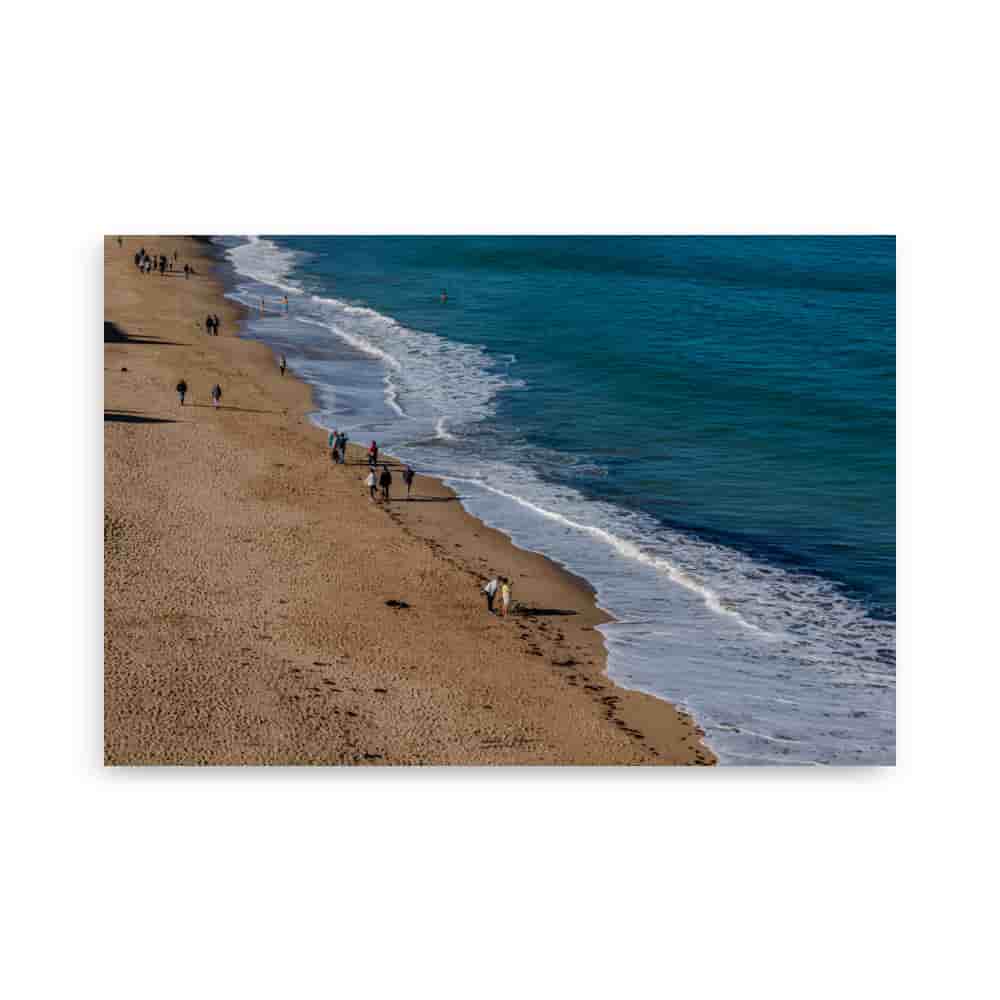
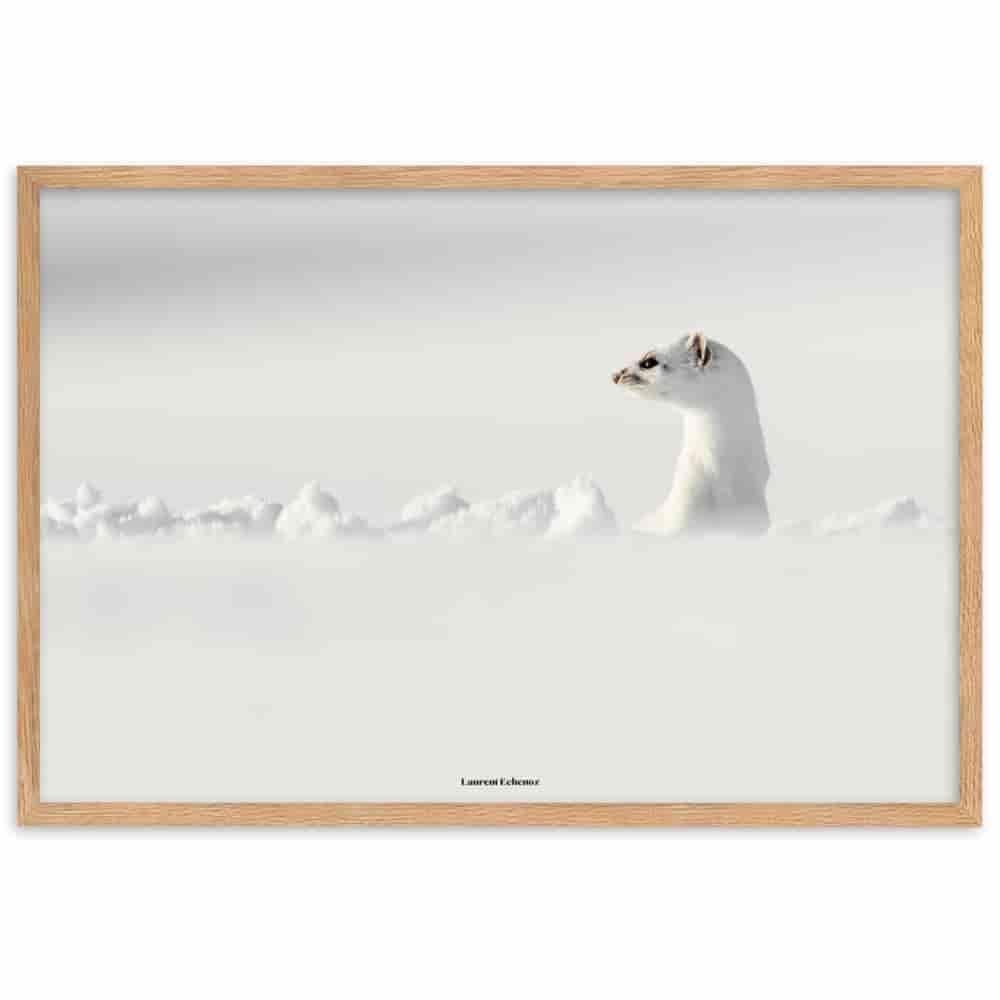
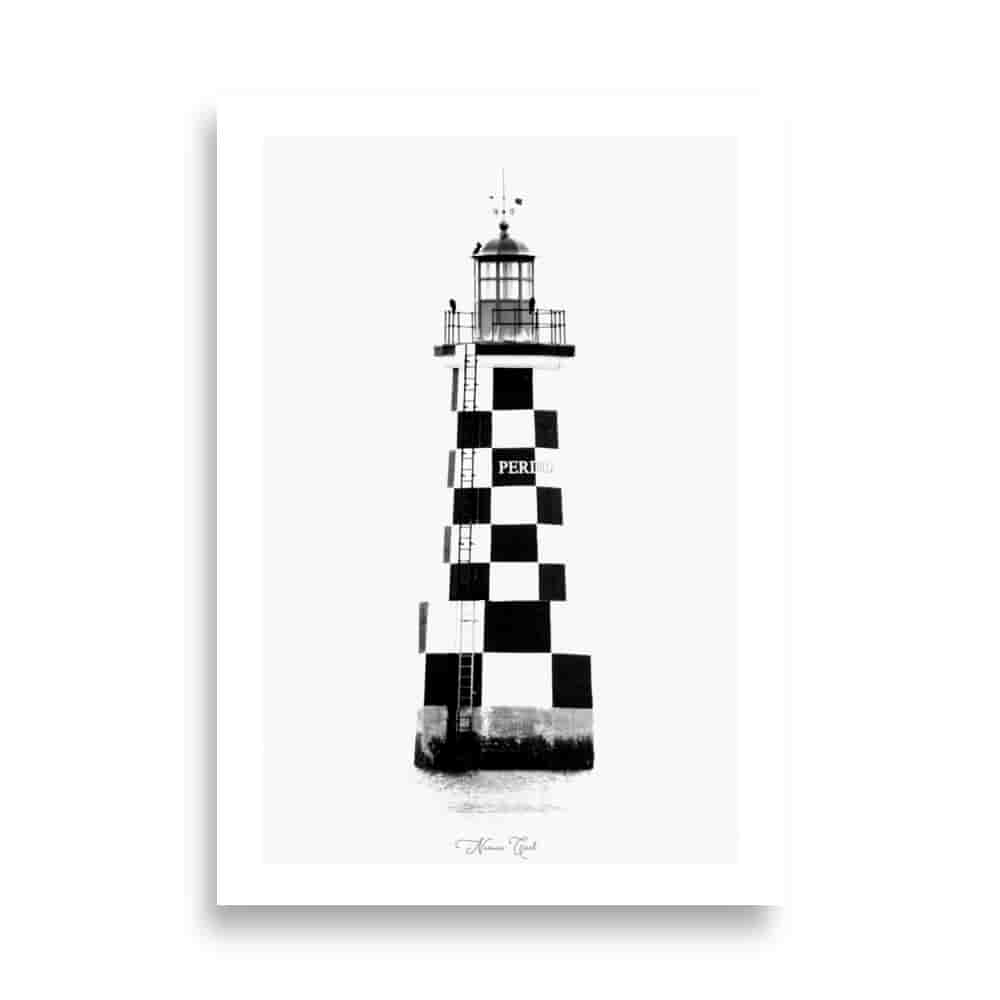
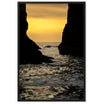






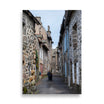




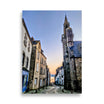


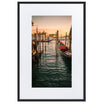










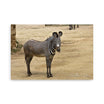


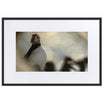



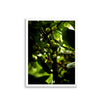


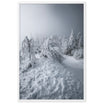

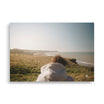
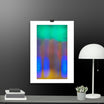



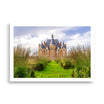

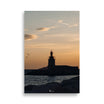


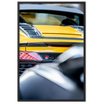


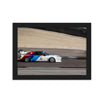

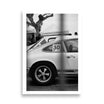
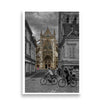






Leave a comment
All comments are moderated before being published.
This site is protected by hCaptcha and the hCaptcha Privacy Policy and Terms of Service apply.